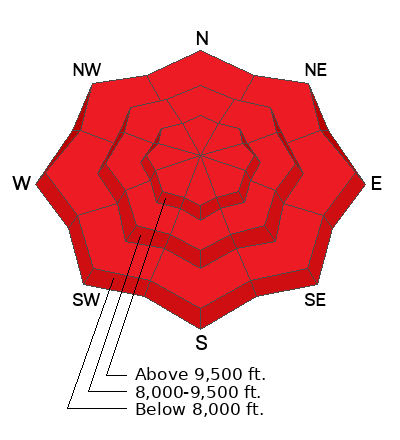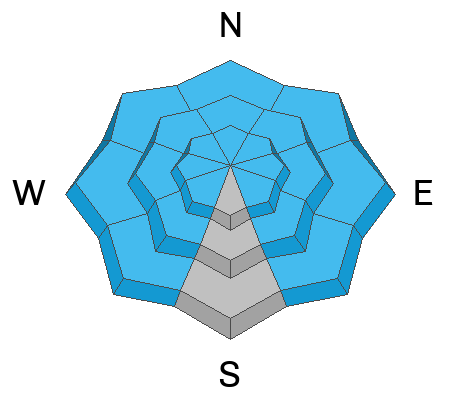Forecast for the Provo Area Mountains

Issued by Trent Meisenheimer on
Saturday morning, January 13, 2024
Saturday morning, January 13, 2024
THE AVALANCHE DANGER IS HIGH, AND TRAVELING IN AVALANCHE TERRAIN IS NOT RECOMMENDED. DEADLY AND DANGEROUS AVALANCHE CONDITIONS EXIST ACROSS ALL ASPECTS AND ELEVATIONS.
Later this afternoon, the avalanche danger will likely rise to EXTREME as we expect another storm that will usher in warming temperatures, strong winds, and heavy wet snowfall.

Low
Moderate
Considerable
High
Extreme
Learn how to read the forecast here







